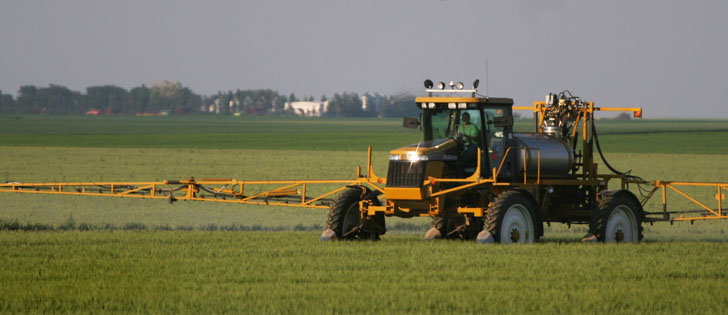Agriculture Canada says supply management is not to blame for the high cost of ingredients in the food processing industry.
Ta lks that started two years ago between Ottawa and the processing industry about why the sector’s ability to compete was declining identified expensive input costs.
And last week’s government proposal to help the sector pinpoints five problem inputs: dairy ingredients, sugar, potato starch, energy and packaging.
However, the government report concluded that supply management, which limits production with quotas and sets prices, is not the culprit, despite past tensions between dairy processors and milk boards over milk prices.
Read Also

Organic farmers urged to make better use of trade deals
Organic growers should be singing CUSMA’s praises, according to the Canadian Chamber of Commerce.
The report looked at the Special Milk Class Permit Program, which reduces prices for industrial milk, and concluded it “does not appear to be the main issue.”
Instead, it said dairies don’t always pass on discounts on sales of Class 5 milk at the producer level to further processors. As well, there is “excess demand” for lower-priced industrial milk and limited permits that allow processing.
The Canadian Milk Supply Management Committee’s market committee has been told to look at the analysis of problems in the system.
Food and Consumer Products of Canada senior vice-president Derek Nighbor said industry representatives involved in the consultations on developing an action plan deliberately kept the role of supply management out of the discussions.
Defending the system is a government political priority, he added, and an industry challenge would have been counter-productive.
“In the document that was drafted with government, we wanted to concentrate on short and medium-term realistic goals, some achievables,” he said.
“Speaking for my membership, I don’t think we wanted to raise this debate in this forum because I think that would delay things.”














